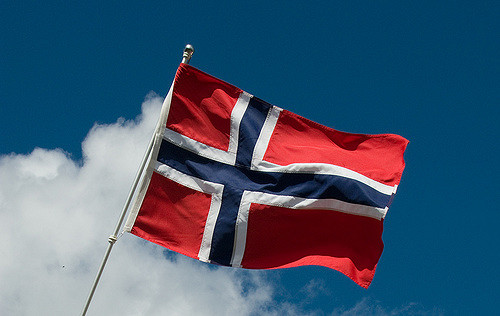In 2024, the total emissions of Finnish public sector pension provider Keva were 4,717.6 tonnes of carbon dioxide equivalent, corresponding to the annual carbon emissions of approximately 500 average Finns, its research has revealed.
This is the first time Keva's carbon footprint has been calculated and was calculated in accordance with the international Greenhouse Gas Protocol standard. It is based on Keva’s own declarations and accounting data.
It includes properties in Keva's use but its investment portfolio is excluded from the calculation.
The emissions of investments have been calculated more extensively than before and will be reported separately in the 2024 Sustainability Report, released at the end of April 2025.
Helsinki Metropolitan Area Reuse Centre Ltd environmental specialist, Sally Londesborough, who performed the calculation, said: "Although the carbon footprint calculation is not precise, it provides information about how Keva's carbon footprint is formed and opportunities to reduce it.”
Carbon footprint calculations of different organisations cannot be compared because they calculate them in several ways and include different things in the calculation.
In this case, emissions of purchased services and products were calculated using national input-output data, which produced an indicative magnitude of emissions.
According to a report by the Helsinki Metropolitan Area Reuse Centre Ltd, 72 per cent of Keva's total emissions came from the products and services it brought.
The second largest source of emissions was business travel (14 per cent), mostly from air travel.
According to the Greenhouse Gas Protocol standard, the carbon footprint of organisations is divided into three categories: scope 1, scope 2, and scope 3.
The majority (95 per cent) of Keva’s carbon footprint consisted of scope 3 indirect emissions. The provider said that to calculate and deduct these more accurately, more detailed information would be needed from the providers of services and products.
Scope 1, which covers direct emissions, accounted for 0.2 per cent of Keva's total emissions or 10.1 tonnes of carbon dioxide equivalent.
Meanwhile, scope 2, which includes emissions from the production of purchased energy such as electricity and heat, accounted for 5 per cent of Kev’s total emissions or 222.2 tonnes of carbon dioxide equivalent.
These emissions were due to district heat production as electricity procured by Keva is renewable and does not generate scope 2 emissions.
The management team of the provider has decided to monitor its own carbon footprint, with the next assessment scheduled for two years from now.
Londesborough emphasised that the information becomes more accurate with each iteration.
"Real changes and emission reductions are usually slow, so a calculation interval of a couple of years is justified,” she stated.
“In the meantime, Keva can request company-specific emission data from service and product suppliers so that the calculation of the largest emission sources can be made more accurate.”
Latest News
-
Malta moves toward AE as consultation closes on second pillar reform
-
Czech pension plan assets increase by CZK 20bn in Q2 2025
-
Institutional investor risk appetite hits five-year high
-
Average UK transfer times improve but pressure builds for switch guarantee
-
News in brief: 8 August 2025
-
Norway urges GPFG to review Israeli investments
Podcast: Stepping up to the challenge

In the latest European Pensions podcast, Natalie Tuck talks to PensionsEurope chair, Jerry Moriarty, about his new role and the European pension policy agenda
Podcast: The benefits of private equity in pension fund portfolios

The outbreak of the Covid-19 pandemic, in which stock markets have seen increased volatility, combined with global low interest rates has led to alternative asset classes rising in popularity. Private equity is one of the top runners in this category, and for good reason.
In this podcast, Munich Private Equity Partners Managing Director, Christopher Bär, chats to European Pensions Editor, Natalie Tuck, about the benefits private equity investments can bring to pension fund portfolios and the best approach to take.
In this podcast, Munich Private Equity Partners Managing Director, Christopher Bär, chats to European Pensions Editor, Natalie Tuck, about the benefits private equity investments can bring to pension fund portfolios and the best approach to take.
Mitigating risk
BNP Paribas Asset Management’s head of pension solutions, Julien Halfon, discusses equity hedging with Laura Blows
© 2019 Perspective Publishing Privacy & Cookies








Recent Stories